rana plaza
April 24, 2020

Published by Linda Patentas at Apr 24 2020
Seven years on from Rana Plaza, Bangladesh's garment sector faces unprecedented challenges that will fiercely test its resilience. Can COVID-19 serve as a catalyst for a more responsible fashion industry?
April 19, 2015
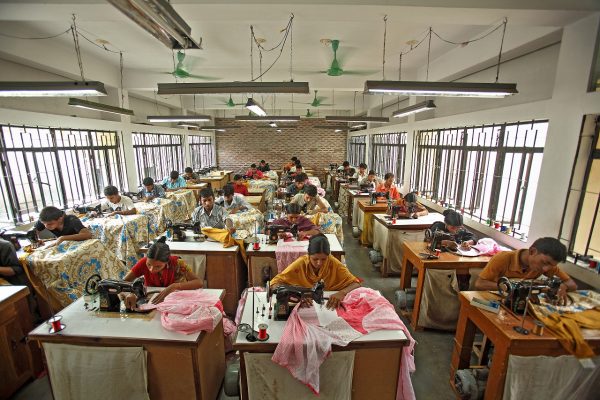
Published by Tanvir Hossain at Apr 19 2015
Categories
In the minds of global consumers, reading labels on products originating from the global South trigger images of sweatshops, child labour, and the unscrupulous owners poorly paying their workers. In the past decade, the global backlash has forced major brands to reconsider the ethical practices of their sourcing. The fair trade movement has long advocated for certain principles, successfully placing a new form of branding on products that carry its label. Often, consumers simply equate fair trade to payment of fair wages. However it goes far beyond a few extra dollars in the pockets of producers to ensure their sustainability.
March 15, 2015

Published by Anushka Zafar at Mar 15 2015
“I had never seen such a large-scale calamity before," said Puja Gloria Rodrigues, psychosocial counsellor from BRAC University’s Institute of Educational Development (IED). Three days after the Rana Plaza collapse, she arrived at the National Institute of Traumatology and Orthopaedics Rehabilitation (NITOR) in Dhaka along with a group of counsellors.
February 19, 2015

Published by Anushka Zafar at Feb 19 2015
Right after the Rana Plaza collapse, a special committee from the Bangladesh Prime Minister’s Office decided that BRAC would assist in the rehabilitation of amputation survivors. Specialising in upper limb prosthetics support, BRAC’s limb and brace centre (BLBC) has been providing these services, frequently working with the government and other NGOs to reach those who have lost limbs through accidents and diseases.
December 21, 2014
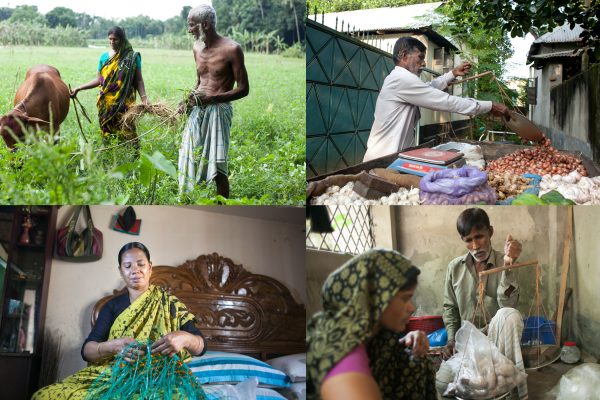
Published by Anushka Zafar at Dec 21 2014
Categories
“Since the collapse, I am too afraid to go back inside a garments factory,” said Ankhi, who used to work in Rana Plaza along with her husband. Although she survived, her husband’s body was never found. Left to provide for their daughter on her own, she had to find another means to survive.
October 19, 2014
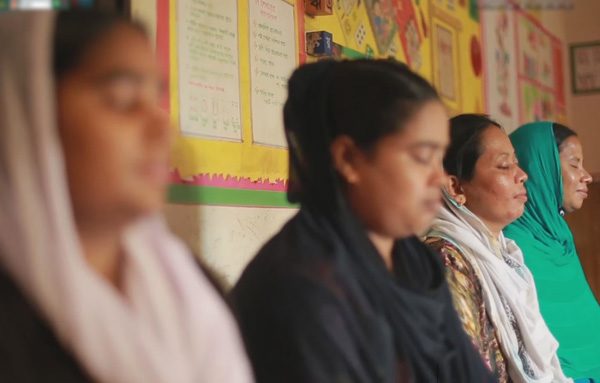
Published by Anushka Zafar at Oct 19 2014
Kabir Mollah was pulled out from under the remains of Rana Plaza four days after the collapse. Now every time he goes into a high-rise building, he gets anxious. Shiuli Khanom was also rescued after four days. “Even though I survived, I felt hopeless,” she says. “I couldn’t sleep. I had so many thoughts and worries. I was shaken and afraid and also physically weak.”
September 24, 2014

Published by Anushka Zafar at Sep 24 2014
Pervin Khatun lost her husband in the Rana Plaza disaster. “He was the sole breadwinner and I had no prior work experience,” she said. “But running this grocery store will give me a steady income and I can continue to support my family.”
April 24, 2014

Published by Scott MacMillan at Apr 24 2014
Last year, I met a few of the Bangladeshi garment workers who survived Rana Plaza. I heard their stories, and today, on the one-year anniversary, I feel the need to share one of them. This is really a story of mothers and daughters. A year ago today, more than 1,134 Bangladeshi garment workers went to work and didn’t come home. Fearful of losing their jobs, they entered a building they knew was unsafe. They died crushed by the rubble.
April 24, 2014
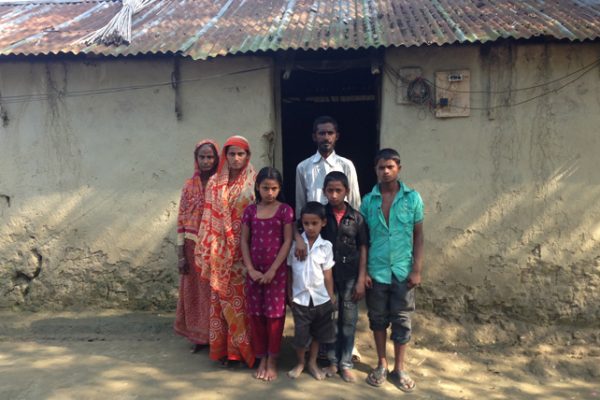
Published by Rakib Avi at Apr 24 2014
Categories
The woman was crying and saying something in an incomprehensible manner. I was sitting there, a couple of feet away, wondering what I had said wrong. The man sitting beside her didn’t react to her sudden burst of tears – she is his wife and he has gotten used to seeing her like this. My colleague Lusana and the BBC documentary producer Sarah both went quiet for a while.
January 13, 2014
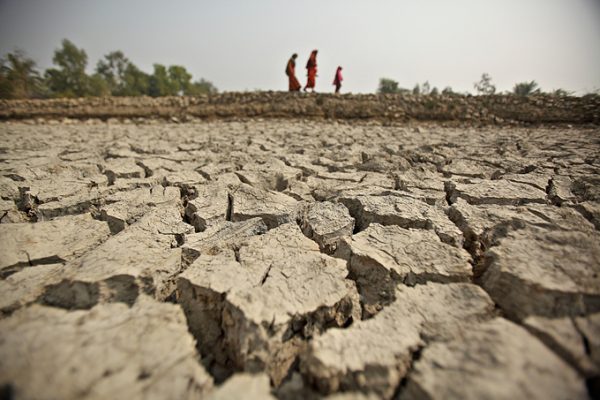
Published by Miriam Kennedy at Jan 13 2014
It is an inherent advantage when joining an organisation for the first time, to be able to consider its work with fresh eyes. I’ve spent the first weeks in my new role at BRAC’s disaster management and climate change programme (DMCC) absorbing a wealth of information filled with a combination of climate change warnings and interesting programme results.
January 12, 2014
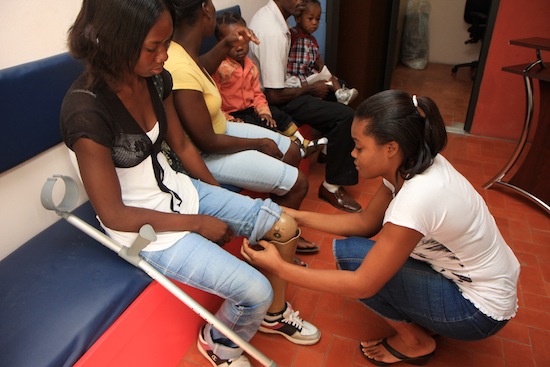
Published by Zaian Chowdhury at Jan 12 2014
Today marked the four-year anniversary of the Haiti earthquake. Our friends at AmeriCares write about Herve, a patient at the BRAC Limb and Brace Center, who like so many others lost his legs in the quake:
After having both legs amputated when they were crushed in the 2010 Haiti earthquake, 19-year-old Herve struggled. He was given prosthetics that did not work well and couldn't go to school or join his friends.
June 25, 2013

Published by Renée McAlpin at Jun 25 2013
Uncertainty and vulnerability are hallmarks of life for the world's poor, in low and high income countries. Collective action helps on different levels, across different dimensions of life, to overcome.

